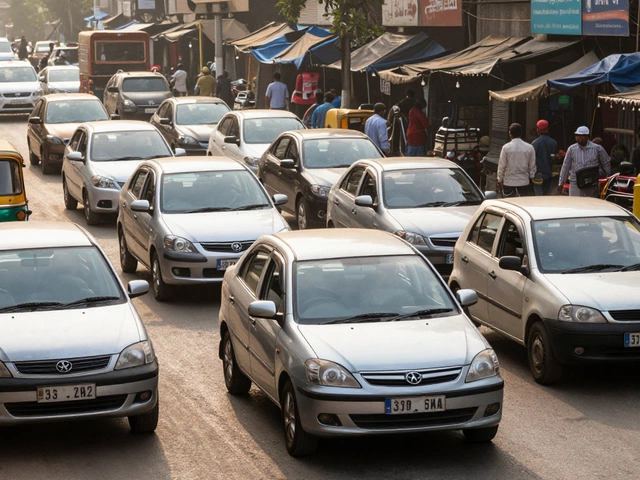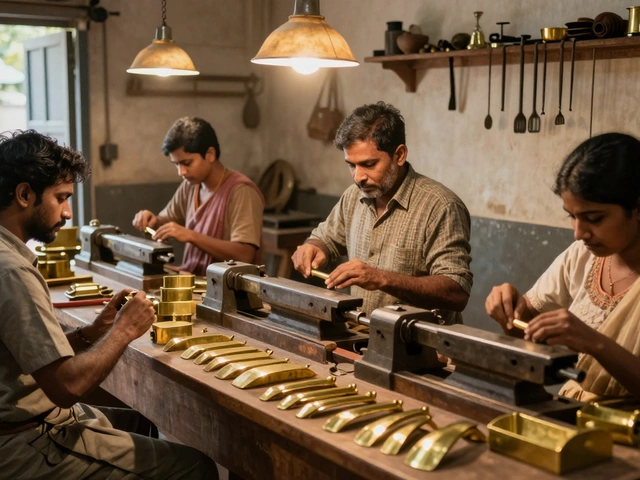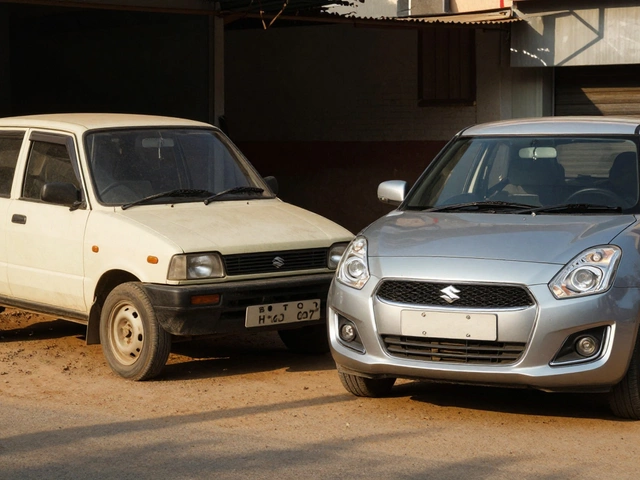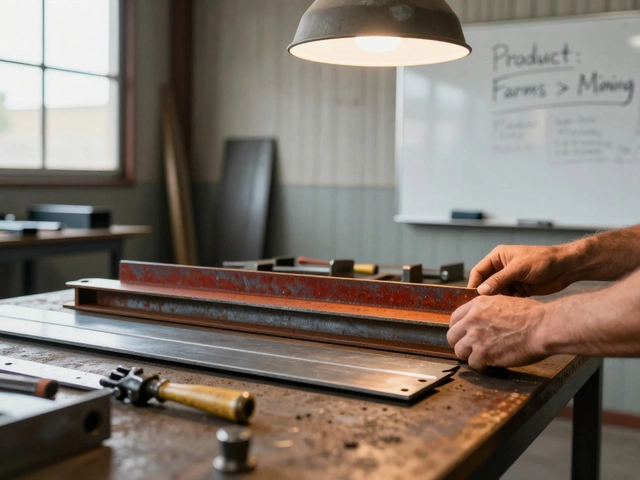Resin Code 1: What It Is, Why It Matters, and How India Uses It
When you see the number Resin Code 1, a recycling symbol used to identify polyethylene terephthalate plastic on the bottom of a water bottle or soda container, you’re looking at the most recycled plastic in the world. Also known as PET, short for polyethylene terephthalate, this material is lightweight, shatterproof, and perfect for holding liquids. It’s the backbone of single-use beverage packaging across India—from roadside chai cups to branded mineral water. But here’s the catch: just because it’s recyclable doesn’t mean it gets recycled. In India, less than 40% of PET waste is properly collected and processed, despite being one of the easiest plastics to turn back into fibers, bottles, or even clothing.
Resin Code 1 is deeply tied to two other big players in manufacturing: plastic waste, the byproduct of consumer packaging that overwhelms landfills and waterways, and plastic packaging, the dominant form of product enclosure in food, pharma, and beverages. These aren’t just environmental issues—they’re economic ones. Companies like Toyota Kirloskar Motor and India’s 12,400+ pharma manufacturers rely on PET for packaging, but they’re also under pressure to reduce their plastic footprint. The same plastic that keeps medicine sterile or soda fresh ends up clogging drains in Mumbai or Delhi’s outskirts. And while global brands like Dow lead in plastic production, India’s own recycling startups are now turning old PET bottles into polyester yarn for textiles—a direct link to India’s 3rd-place global ranking in textile production.
What’s missing from the conversation is scale. Most people think recycling means tossing a bottle in the blue bin. But real change needs better collection systems, smarter design, and factories that actually buy back post-consumer PET. The top-selling manufactured item in 2025? Smartphones. And guess what? They’re packaged in resin code 1 plastic too. So when you buy a new phone, you’re adding to a cycle that’s already drowning in waste. The biggest waste in manufacturing? Overproduction—and that includes making more plastic than we can handle. But there’s hope. Small factories in Gujarat and Tamil Nadu are already turning resin code 1 into affordable, reusable products. You’ll find real examples of this in the posts below—how companies are cutting plastic waste, what’s holding back recycling in India, and why the future of manufacturing can’t ignore this one simple number on the bottom of your bottle.
What Is the Number 1 Under Plastic Bottles? Understanding Resin Identification Codes
The number 1 under plastic bottles identifies PET plastic, the most common material for water and soda containers. Learn what it means, how it's recycled, and why it matters for the environment.
Read More




